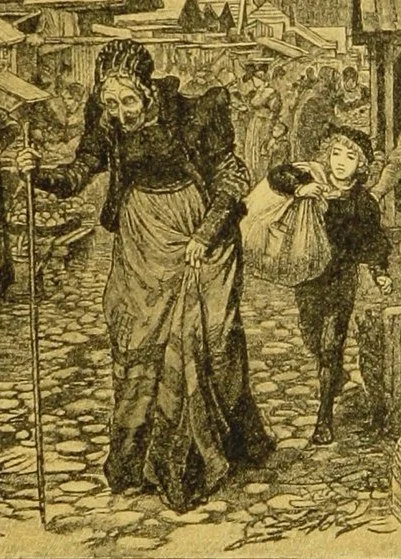Moss and Not-Moss
Fairy gardens have become popular, but I never thought about starting one until, several years ago, I came across a very urban garden. It was in that narrow green space often found between a sidewalk and the street curb. This was a leafy, old neighborhood in Richmond, VA, a bit shabby but more shabby chic than sadly run-down. The right-of-way space was full of mature trees. The sidewalks were heaved and cracked by big roots. My favorite sort of neighborhood, perhaps because it echoes small town places where I lived and where my grandparents lived when I was a child.
Clustered around the base of an oak was a sea of gaudy, glittery objects - tiny dolls and miniature cars and a child's play teapot and mirrored beads and little houses and pyramid paperweights and a laughing Buddha figurine and a dozen other "trashy" objects that offend good taste and delight small children. My grandson was about age 3, and this little garden was one of his favorite spots when out walking. It was quite a community project. Sometimes he would contribute an object, because the scene was ever changing, with decorations that would appear and disappear and change, helped along by whoever happened to be passing by.
The delightful chaos and lack of any coherent theme or artsy merit suddenly made me realize that a fairy garden didn’t have to meet somebody’s arbitrary standard. I had always imagined one must be tasteful and attractive and much nicer than anything I would ever be able to create. Suddenly such a project was doable for me.
So now I have a silly little collection of disparate objects around the base of my dogwood tree where I have cultivated a spread of moss.
It’s very simple to make a bed of moss. Find a space where moss is already thriving and then carefully pull out every plant that isn’t moss. Easy as that. The moss fills in happily when it has no competition.
Yesterday I spent a calm hour on my knees beneath the shade of the tree, meticulously pulling out every tiny sprout that was not moss.






